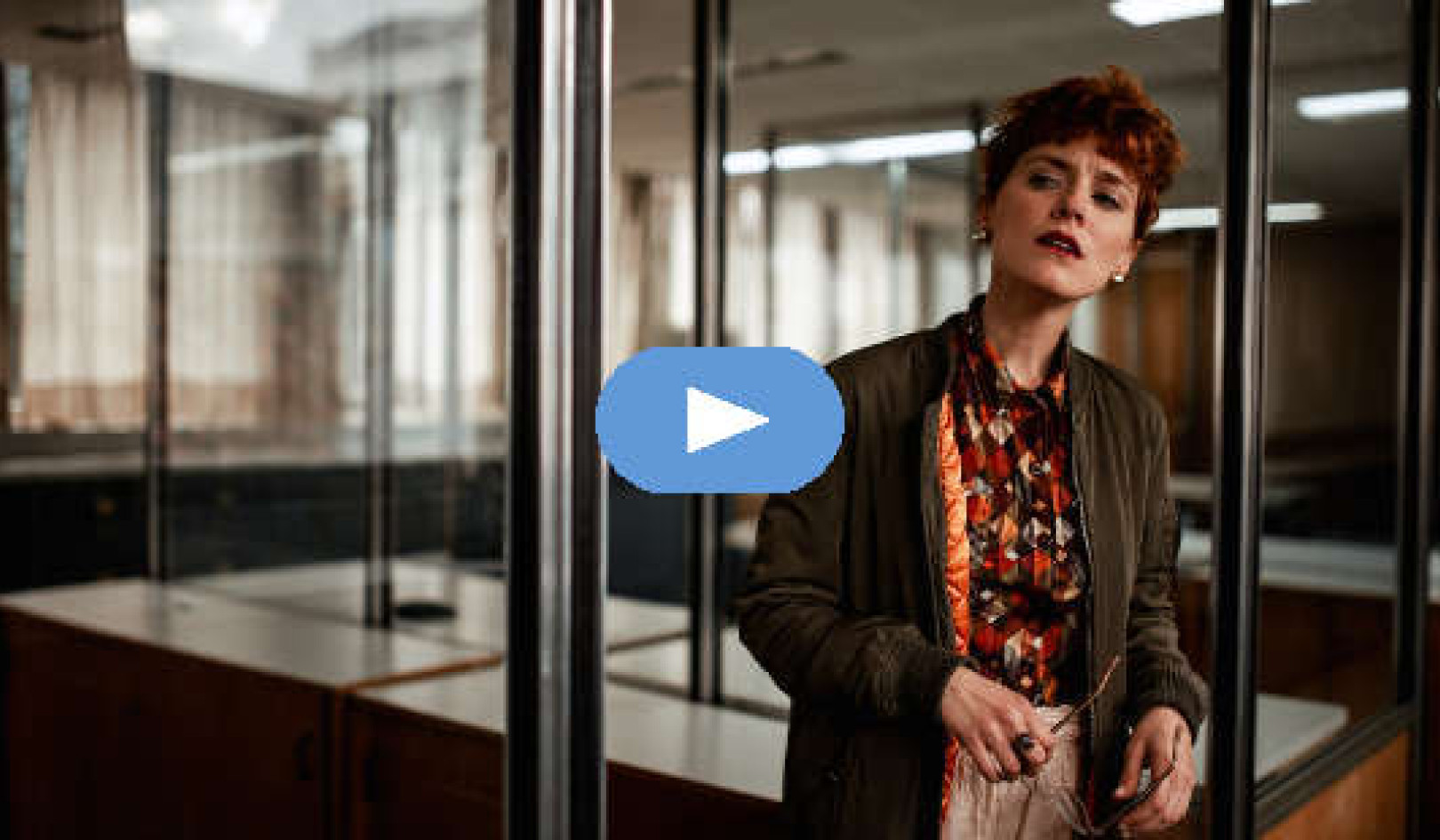They [elders]teach us that rites of passage impart a form of self-understanding that is felt in the heart rather than learned in the head. . . . In ancient cultures, people understood that the wisdom of the heart is accessed by the imagination; that imagination is the thought of the heart. -- David Oldfield
Traditional societies transmitted to the young not only lineage and survival information but also the beliefs and expectations of the culture. This system perpetuated the health, longevity, and survival of the community and its values. To do this, it was critical to have stronginterconnection among three generations: grandfather, father, and son. The wisdom and legacy of the community was passed along through the elders.
Elders were the original television, the original textbooks, and the original radios.They were an integral piece of the initiation puzzle. And as valuable as the actual transferred information was to the initiation process, the feeling of being part of a community, the intimacy of sitting at Grandfather's knee, and the ambience and safety of sitting around a fire together were priceless.
In addition to benefiting the young people, this generational hierarchy helped clarify the role of the elders. As they aged and became less able to help with more day-to-day survival chores, their importance did not diminish, as is generally the case in modern Western society. Elders were still responsible for the training, nurturing, and molding of the young, particularly the adolescents.
Rather than seeing adolescence as a time when it was best to ignore their teens or give them a wide berth, elders arranged to provide the greatest level of interaction and personal training during these years. However, they actually kept their young people in the dark regarding nonessential skills. They knew not to give children all the information before they were ready for it, that holding some back created a hunger for knowledge -- creating mystery creates curiosity. Elders used the curiosity and intensity of adolescence to entice teen boys into manhood and adulthood.
Robert Bly talks about how, rather than a generation gap -- a split between the generations -- we have a generation boundary problem. Teens are allowed too often to act like adults before they are ready. If they get the rewards of adulthood, the sex and booze and money, what will be their motivation to venture into the much harder world of adult responsibilities?
In a social system that included authentic initiation, it was important that children heard only what parents wanted them to hear. Television, the Internet, and movies have seriously altered how we relay information to our children. Unlike the traditional model of keeping youth in the dark about adult affairs until they were initiated, we now share everything with them. This period in history is often referred to as the Information Age, and we are inundating our kids with more information than they can process. This information overload diminishes their curiosity about adult life. Older cultures were wise to use curiosity as a leveraging tool to encourage teens' desire to become adults.
One of the continuing complaints from parents and adults about typical teenagers is that they act as if they know everything. My experience has been that in a world where global communication is the goal, where pornography is readily available to all ages on the Internet and television, where wars in all their blood and glory are depicted on the evening news during dinner, it's no wonder the kids nowadays feel they do indeed know it all. What haven't they seen?
Keeping kids in the dark until adolescence seemed to work for countless cultures across time and across the globe. When I was a young teen, I had to steal a Playboy to glimpse a naked female body. Now, all kids have to do is stay up and watch HBO or do an Internet search for porn. Young people who are exposed to adult themes and material have no frame of reference for what it all means. And, quite often, they are dismayed by what they view the state of the world to be. David Oldfield, in a personal correspondence, looked at it this way: ". . . it seems to me that taking the dreams away from the young is a particularly pernicious form of child abuse. . . . And we have done that so totally in this culture, it seems, almost surgically removing dreams for them."
The modern model of kids staying out of the way, men working away from the home, and elder men sitting around or removed to some remote paradise has created a devastating separation of the generations. I think our concept of retirement, particularly mandatory retirement, is almost criminal on some levels. Taking away older people's right to perform and contribute to society diminishes their feelings of worth. Even in retirement, we control how much extra money they can make, keeping them dependent on the system. Disregarding the inestimable and time-honored role they have played in helping create healthy adolescents and men, and banishing them to Ft. Lauderdale and Sun City, has been a sad and costly societal mistake. Is it any wonder that elderly men and teenage boys have the highest suicide rates in the country?
This article was excerpted from:
 From Boys to Men: Spiritual Rites of Passage in an Indulgent Age
From Boys to Men: Spiritual Rites of Passage in an Indulgent Age
by Bret Stephenson.
Reprinted with permission of the publisher, Park Street Press, a division of Inner Traditions International. ©2006. www.innertraditions.com
For More Info or to Order this book.
About the Author
 Bret Stephenson is a counselor of at-risk and high-risk adolescents and a men’s group facilitator. In addition to his duties as executive director at Labyrinth Center, a facility in South Lake Tahoe offering classes and workshops on adolescent issues for teens and adults, he is currently working on designing and implementing youth employment and youth entrepreneurial projects for teens. He has been a presenter and speaker at the United Nations World Peace Festival and the World Children’s Summit. Visit the author's websites at www.adolescentmind.com/ and www.labyrinthcenter.org.
Bret Stephenson is a counselor of at-risk and high-risk adolescents and a men’s group facilitator. In addition to his duties as executive director at Labyrinth Center, a facility in South Lake Tahoe offering classes and workshops on adolescent issues for teens and adults, he is currently working on designing and implementing youth employment and youth entrepreneurial projects for teens. He has been a presenter and speaker at the United Nations World Peace Festival and the World Children’s Summit. Visit the author's websites at www.adolescentmind.com/ and www.labyrinthcenter.org.




























